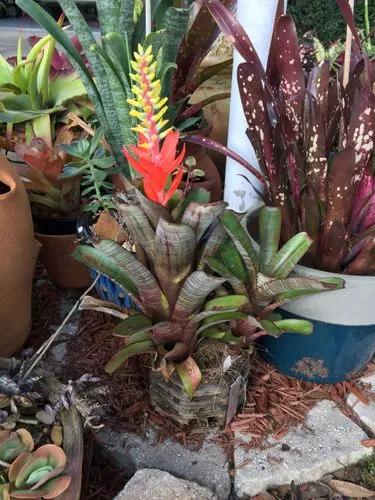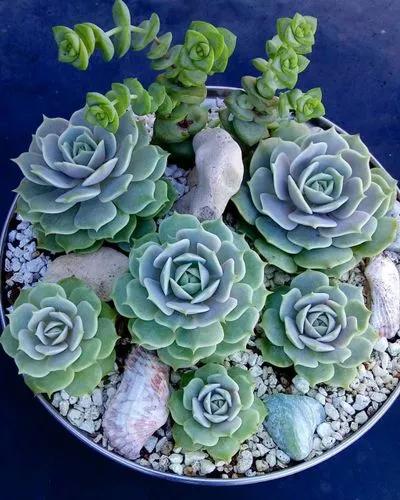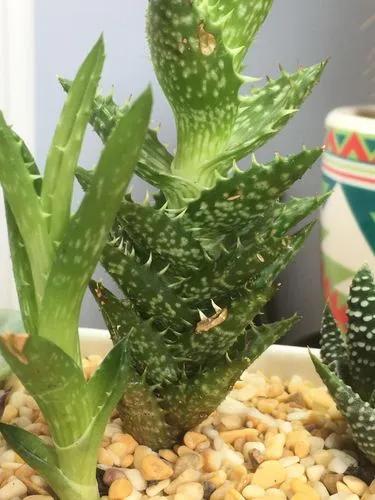Bryophyllum pinnatum is native to Madagascar but widely distributed on plains, tropical and temperate regions of Africa, Australia and America. It is a common weed in banks, hummocks, waste grounds and thickets in dry and wet regions, ascending to 1400 metres, on foothills and along the slopes especially in the thin layer of soil by exposed rocks. It is a water-storing perennial that grows about 1 to 1.5 m tall. In young plants the oppositely arranged leaves are simple becoming tri-pinnately compound as the plant matures. The leaf/leaflets are elliptic to 20 cm in length with a notched margin that produces plantlets and a rounded apex. Kalanchoe pinnata blooms in winter-spring with the pendulant, actinomorphic flowers that are arranged in large panicles. The calyx has 4 fused sepals forming a tube. The corolla has 4 fused petals forming a tube that exceeds the calyx. There are 8 stamens fused to the base of the corolla. The ovary is superior with 4 locules and numerous seeds. The fruit is a capsule at maturity. In other areas of the Caribbean it is used as a cooling tea or as a poultice for sores. It is also grown as an ornamental but can become problematic as it spreads rapidly by vegetative reproduction. It is traditionally known to exhibit a wide range of pharmacological activities that involves treatment for the most serious disorders related to mankind.
Air Plant Care
Bryophyllum Pinnatum



How to Care for the Plant

Water

Allow the soil to dry slightly before watering again.

Pruning

Remove any dying or yellowing leaves for aesthetic reasons.

Fertilizer

When it comes to fertilizers, you want to avoid over-fertilizing (just like an overdose of vitamins isn't great for us, either). Less is more, so it’s important to follow what the package says for application amounts.

Sunlight

Semi-shade – this plant needs a lot of sunlight, but it has to be protected from the strongest rays of the sun.

Soil

Use a potting mix, which makes it safer for plants because it doesn't contain pathogens such as fungus or other diseases.

Temperature

Kalanchoe pinnata need warm temperatures. In the moderate climate it can be as easily grown indoors and outdoors but only in pots and not in the ground. Temperatures between 60 °F and 85 °F are ideal for development and blooming of the plant. It is very sensitive to cold and it takes only a few hours of near 40 °F for the plant to die. Avoid placing it near drafts or cool windowsills.

Container

Container should provide ample drainage and room for growth.

Popularity

1,620 people already have this plant 323 people have added this plant to their wishlists
Discover more plants with the list below
Related articles






